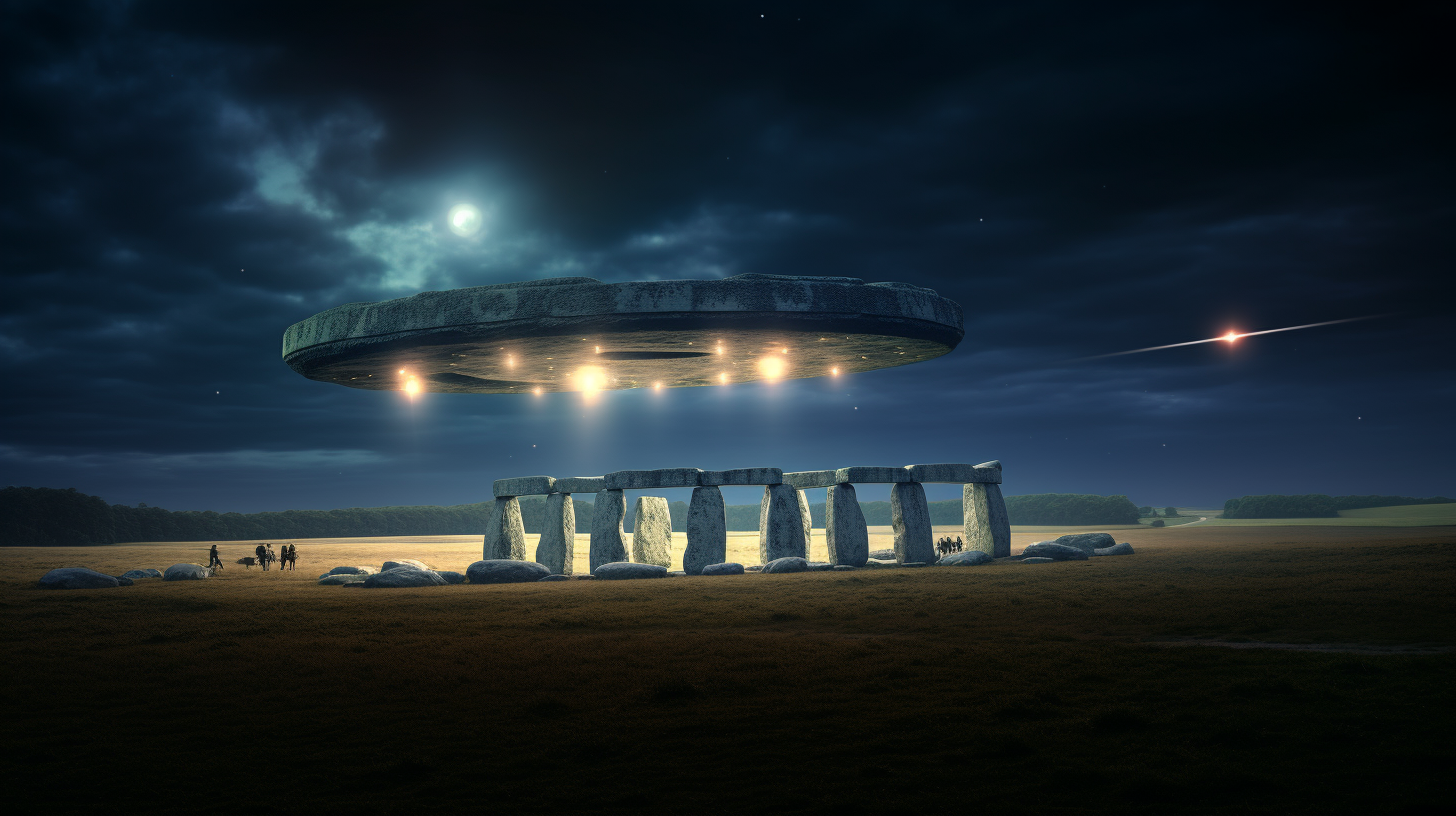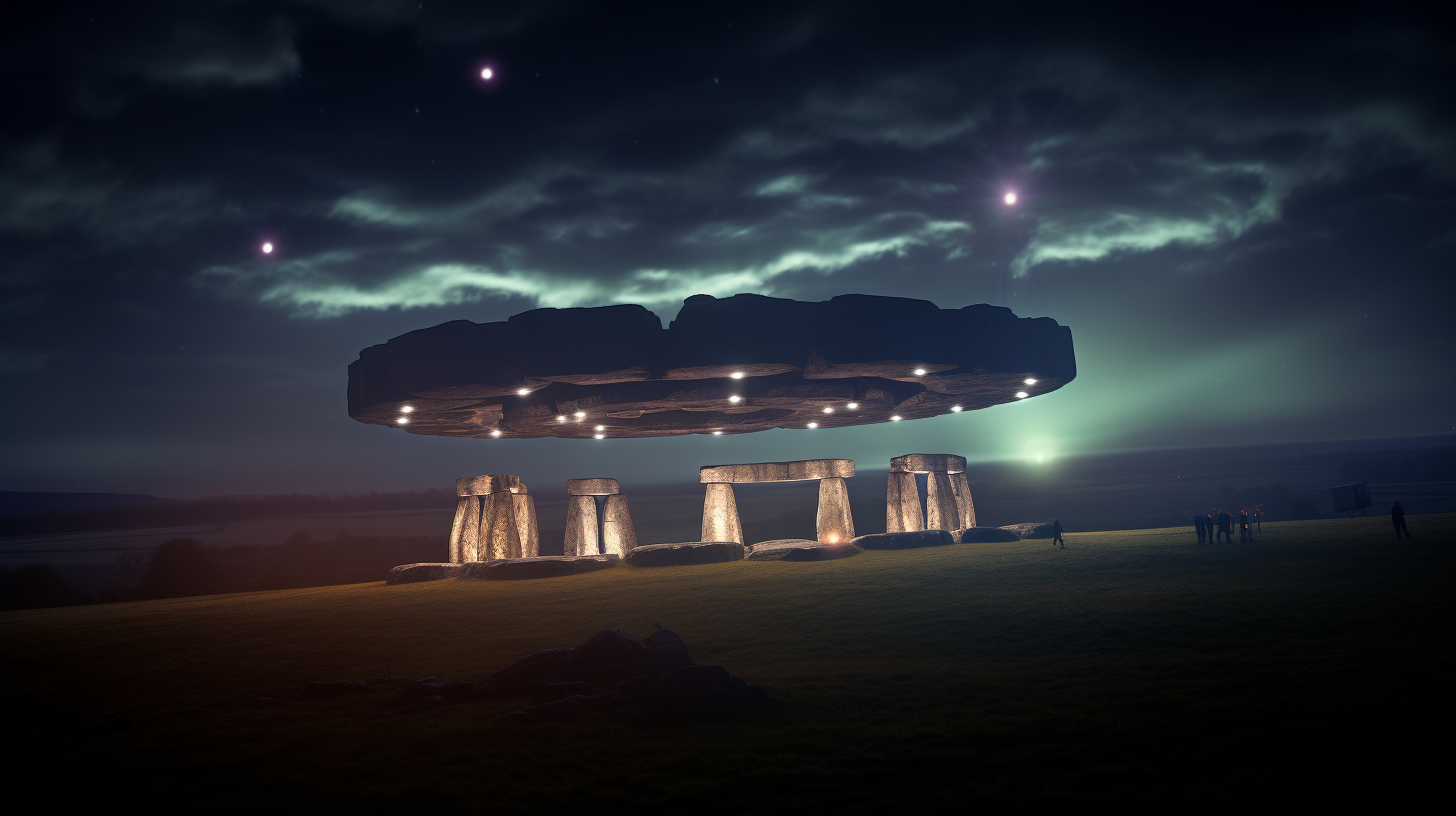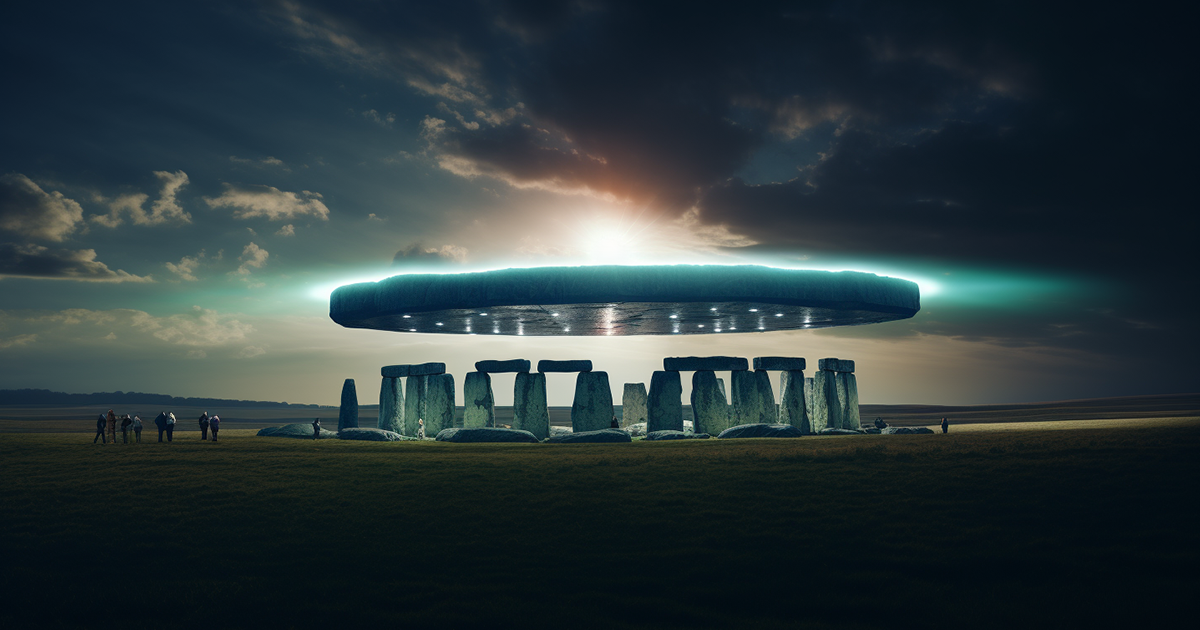The enigma of Stonehenge, a mesmerizing circle of massive stones, continues to puzzle and captivate curious minds worldwide. Situated on Salisbury Plain in England, this ancient structure stands as a lasting tribute to the brilliance of our forebears.
Throughout the years, historians, archaeologists, and enthusiasts have marveled at the audacity of its creation and pondered the motivation behind it. Instead of entertaining ideas about aliens or wild conspiracy theories, can we offer a more grounded interpretation of Stonehenge’s significance and construction?
When we consider the monumental challenge of setting up those enormous stones, it’s only natural to question how ancient civilizations managed such a task without modern machinery.
The stones, weighing as much as adult humpback whales, were quarried many miles away and then hauled to the site. There were no wheels, no large animals for labor, and certainly no easy job for the builders.
One theory proposes the use of wooden sleds or rollers crafted from tree trunks. However, the mystery deepens when we think about the blue stones sourced from the distant Preseli Mountains, a staggering 140 miles away from Stonehenge.

The logistics of transporting these stones across such vast distances with primitive technology are mind-boggling.
The intricate craftsmanship adds another layer of complexity. Shaping the stones with basic bronze tools, using antler picks and stone implements to carve out spaces, was crucial to ensuring the stones stood erect and secure. Employing a tongue-and-groove system commonly found in carpentry, the builders fitted the upright stones with the lintels.
Let’s veer away from speculative notions involving extraterrestrial aid, as some have proposed. Instead, let’s examine a new viewpoint on Stonehenge’s purpose and construction that acknowledges the resourcefulness and intellect of our ancient predecessors.
A recent study by Michael Goff introduces an intriguing theory that shifts the focus away from aliens and towards a more plausible explanation rooted in human ingenuity. Goff’s theory delves into the mechanics and purpose of Stonehenge, shedding light on its potential as an ancient timekeeping apparatus.
By reconstructing the monument to its original state, Goff uncovers that Stonehenge’s outer circle initially comprised 30 sarson pillars, each accompanied by connecting lintel stones.
The alignment of these stones with the four cardinal points — north, south, east, and west — is a crucial aspect. Sunlight strategically passes through the stones, producing intricate patterns of light and shadow.

Stonehenge has long served as a marker of the annual solstices, emphasizing its association with the changing seasons. However, Goff’s insight goes beyond. He suggests that Stonehenge, with added components like small markers, could have functioned as a daily sundial, monitoring the time of day throughout the year.
This innovative concept raises inquiries about how ancient people calibrated their clock. Goff speculates that they might have utilized a specific constellation, the Southern Cross, which would have been prominently visible on the horizon during that period.
Annually, when the Southern Cross perfectly aligned with Stonehenge’s southern opening, they could shift the markers to recalibrate their clock.
Backing for Goff’s theory receives additional support with the finding of a dismantled Stone Circle, termed the Wine Mon Stones, in Wales. Researchers discovered a stone chip at this site that precisely matched one of the stones at Stonehenge, known as Stone 62.
This revelation hints that these stones were initially part of a larger circle, potentially furnishing more proof for the theory that Stonehenge served as a sophisticated timekeeping device.
Nevertheless, while these discoveries are compelling, we must bear in mind that correlation does not signify causation. Despite Goff’s theory aligning well with the available evidence, it’s vital to harbor a healthy skepticism and acknowledge that the enigma of Stonehenge may forever remain partially unsolved.
Video:
As we persist in unraveling the riddles of our past, Stonehenge stands as a symbol of human curiosity and perseverance. While we may not definitively discern why or how it was constructed, we can admire the ingenious spirit of our ancestors who bestowed upon us this enduring monument for contemplation and admiration.
In conclusion, Stonehenge remains a breathtaking testament to the capabilities of ancient civilizations, devoid of the necessity for alien intervention or extravagant conspiracy theories.
